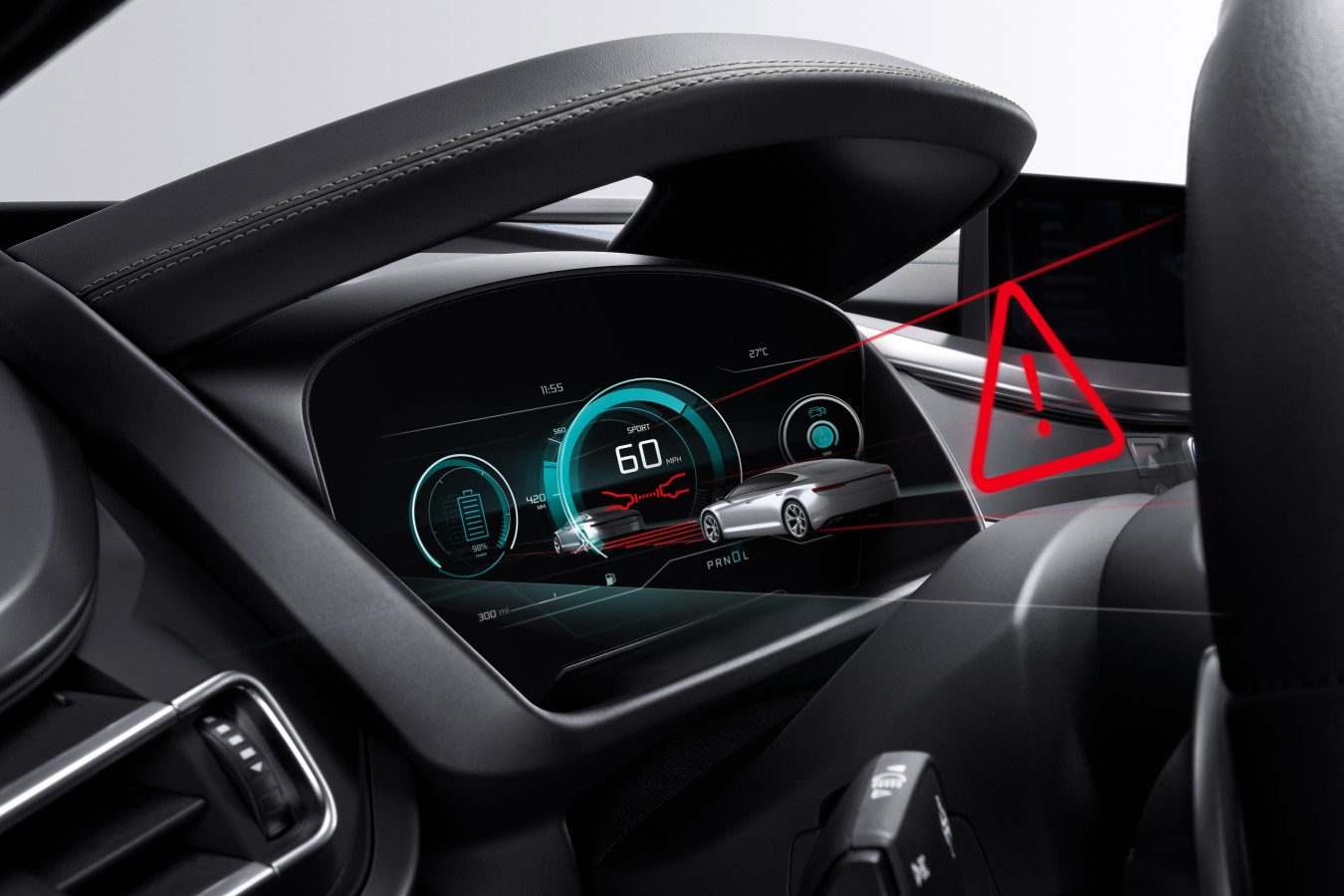August 12, 2019 – Bosch has today announced its new 3D display products for vehicle cockpits – a move which the company states is in response to the growing trend of “bigger, more visually attractive” digital displays becoming a key feature of vehicle cockpits.
Commenting on the announcement, Dr. Steffen Berns, President of Bosch Car Multimedia, said: “Displays are increasingly becoming interactive systems that can better anticipate drivers’ individual needs.” adding, “There is huge business potential for Bosch here.”
To generate a realistic three-dimensional effect, the products use passive 3D technology, which works completely without additional features such as eye tracking or 3D glasses. According to Dr. Berns, thanks to the display’s depth of field, this means that: “drivers can grasp important visual information faster, whether from an assistance system or a traffic-jam alert.” He added, “Alerts that seem to jump out of the display are much more obvious and urgent.”
Examples include when parking, the rear-view camera image is more realistic, allowing obstacles to be detected earlier, meaning drivers can get a better idea of how much space they have left between the rear fender and a parking garage wall. Furthermore, when navigating street canyons, the 3D effect can also help with spatial depth perception, with a map display that makes it clear which building marks the next turn.
According to Bosch, “the future is all about interaction between users and displays”. The company also states that it is ready for this, with its portfolio including a range of applications, from small and flat, to large and curved. On top of this, interactions can take the form of voice or touch control – the latter also with haptic feedback. “Bosch is developing infotainment to suit any customer,” Berns said.
As displays grow in size, become more multi-purpose and intelligent, and feature voice and touch control, more computing power is needed, which could mean multiple control units. Bosch however, uses just one cockpit computer to coordinate the entire human-machine interface (HMI), and delegates all control functions to one central control unit. Over-the-air updates will also allow Bosch’s infotainment systems to be kept up to date.
Vehicle displays are subject to rigorous safety standards, particularly with regards to temperature fluctuations and vibrations, where standards are far higher than for consumer electronics. For example, car displays have to work perfectly whether the temperature is minus 40 or plus 120 degrees Celsius, and this over the vehicle’s entire service life. Even in the event of partial failure, drivers have to be able to rely on a minimum amount of vital information at all times. Bosch states that its operating systems are therefore tested thoroughly to make them fit for vehicle use.
Bosch will be presenting its latest solutions for making driving safer and more efficient At the IAA 2019 conference this year in Frankfurt, which takes place from September 12-22.
Image credit: Bosch
About the author
Sam is the Founder and Managing Editor of Auganix. With a background in research and report writing, he has been covering XR industry news for the past seven years.

 In
In 


